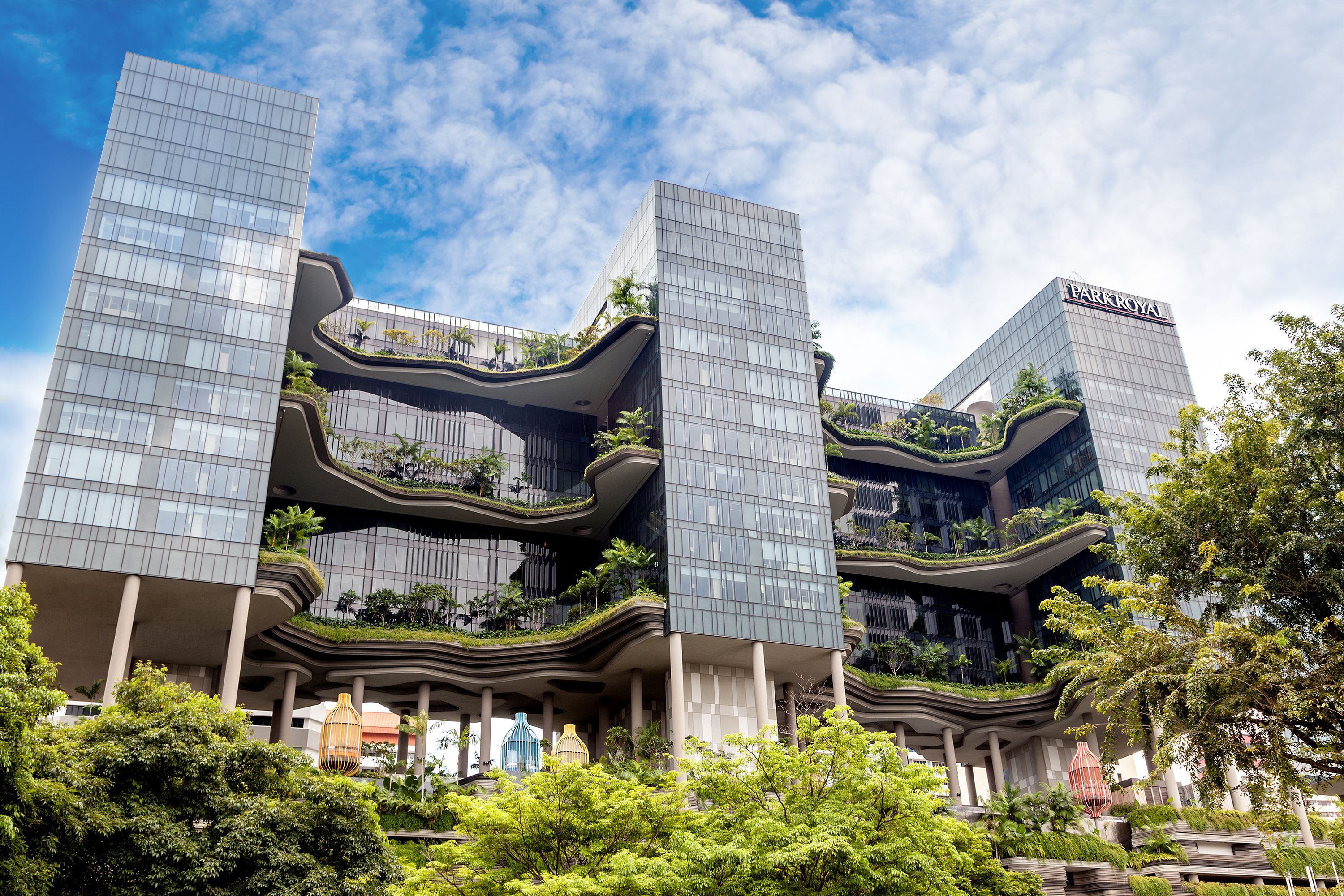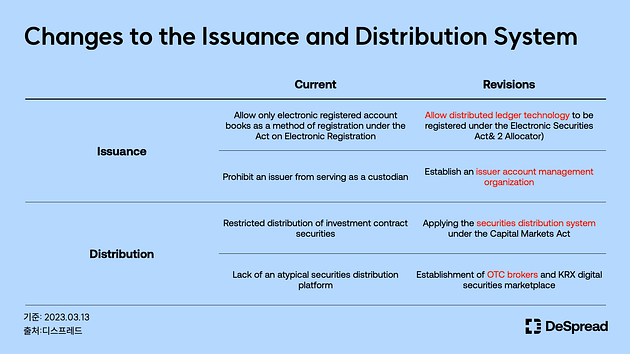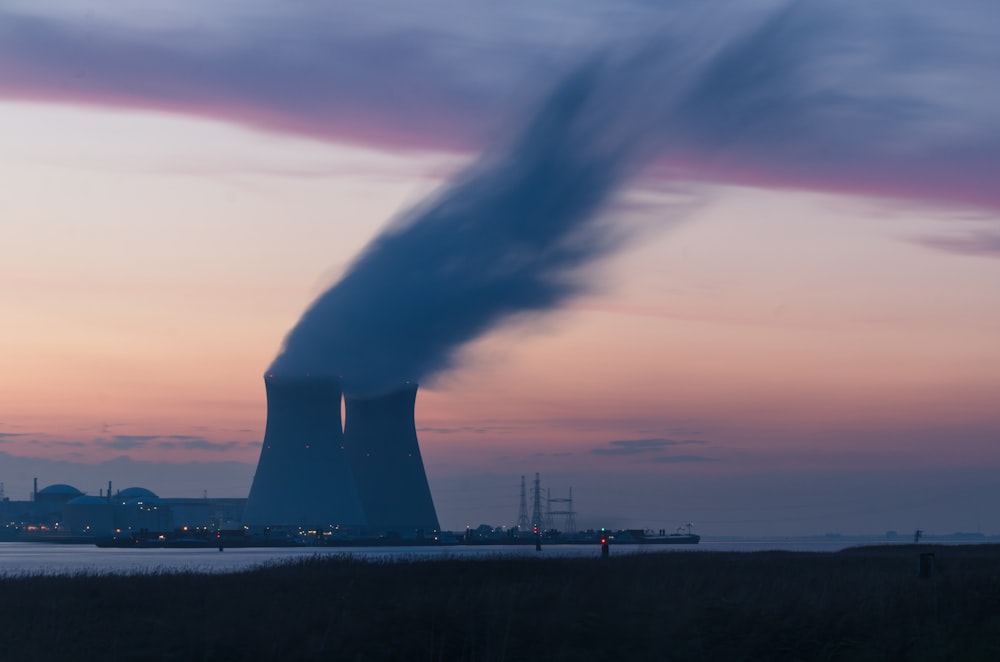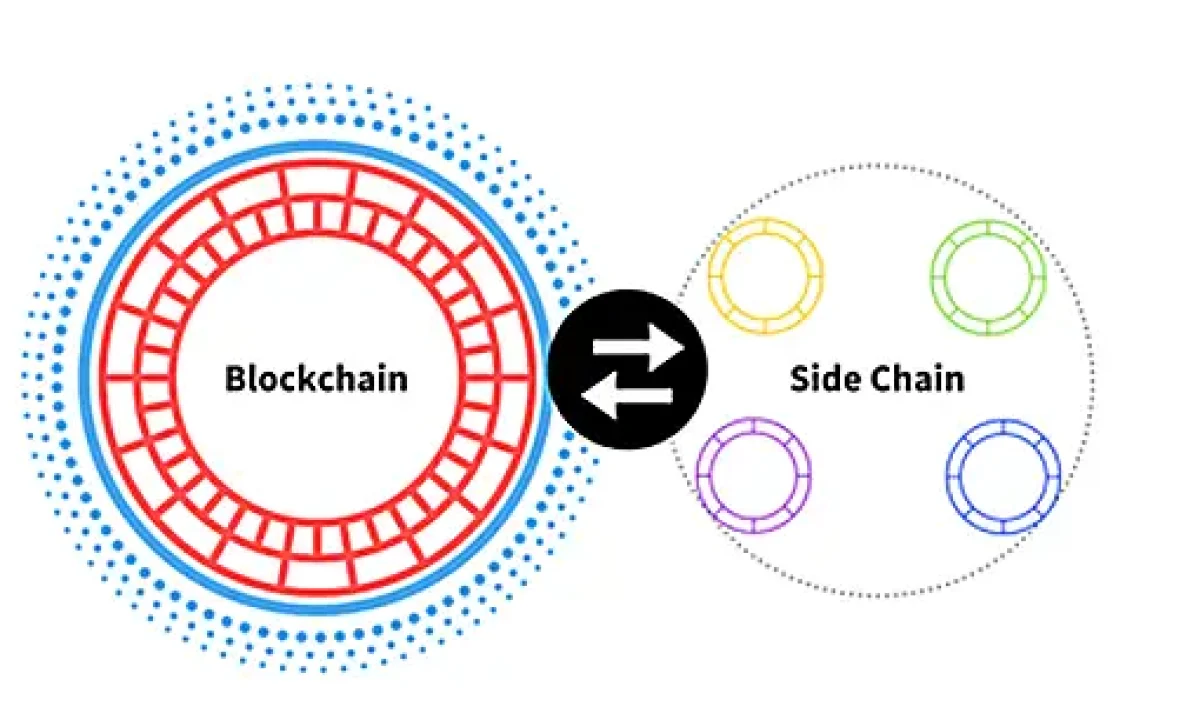
Designing for Sustainability: Exploring Sustainable Energy Buildings
A Paradigm Shift in Architecture
Sustainable energy buildings represent a paradigm shift in architecture, prioritizing energy efficiency, environmental stewardship, and occupant well-being. These buildings are designed to minimize their environmental impact while maximizing energy performance and comfort for occupants. From passive design strategies to renewable energy integration, sustainable energy buildings are revolutionizing the way we approach construction and design.
Passive Design Strategies: Harnessing Natural Elements
One of the cornerstones of sustainable energy buildings is the use of passive design strategies to harness natural elements such as sunlight, airflow, and thermal mass. Passive solar design, for example, utilizes building orientation, shading devices, and high-performance glazing to optimize solar gain and minimize heat loss, reducing the need for mechanical heating and cooling systems. Similarly, natural ventilation and thermal mass can help regulate indoor temperatures and improve comfort without relying on artificial cooling or heating.
Energy-Efficient Building Envelopes
The building envelope plays a crucial role in the energy performance of sustainable energy buildings, serving as a barrier against heat transfer and air infiltration. High-performance insulation, air sealing, and triple-glazed windows are common features of energy-efficient building envelopes, reducing heat loss in winter and heat gain in summer. By minimizing thermal bridging and air leaks, these envelopes help maintain comfortable indoor temperatures year-round while reducing energy consumption and greenhouse gas emissions.
Renewable Energy Integration
In addition to passive design strategies and energy-efficient building envelopes, sustainable energy buildings often incorporate renewable energy technologies to further reduce their carbon footprint. Solar photovoltaic (PV) panels, wind turbines, and geothermal heat pumps are just a few examples of renewable energy systems that can be integrated into building designs to generate clean, on-site energy. By harnessing renewable energy sources, sustainable energy buildings can achieve net-zero or even net-positive energy performance, producing more energy than they consume over the course of a year.
Smart Building Technologies
Advancements in smart building technologies are also driving the sustainability of energy buildings, allowing for real-time monitoring, control, and optimization of energy usage. Smart thermostats, occupancy sensors, and building automation systems enable precise control over heating, cooling, lighting, and ventilation, optimizing energy usage based on occupancy patterns, weather conditions, and other factors. By leveraging data analytics and machine learning algorithms, smart building technologies can identify energy-saving opportunities and continuously improve building performance over time.
Healthy Indoor Environments
Beyond energy efficiency and environmental sustainability, sustainable energy buildings prioritize occupant health and well-being. Indoor air quality, natural daylighting, and biophilic design elements are integral components of healthy building design, promoting productivity, comfort, and overall well-being for occupants. By incorporating features such as low-VOC materials, ample daylighting, and indoor plants, sustainable energy buildings create healthier indoor environments that support occupant health and productivity.
Life Cycle Assessment and Green Building Certifications
Life cycle assessment (LCA) and green building certifications such as LEED (Leadership in Energy and Environmental Design) provide frameworks for evaluating the environmental performance of sustainable energy buildings. LCA considers the environmental impact of a building throughout its entire life cycle, from materials extraction and construction to operation and end-of-life disposal. Green building certifications recognize buildings that meet high standards of sustainability and environmental performance, providing third-party verification and validation of sustainable building practices.
Community Impact and Resilience
Sustainable energy buildings not only benefit individual occupants but also contribute to the resilience and sustainability of entire communities. By reducing energy consumption, greenhouse gas emissions, and reliance on fossil fuels, these buildings help mitigate climate change and reduce the environmental burden on local ecosystems. Additionally, sustainable energy buildings can enhance community resilience to climate-related hazards such as extreme heat, storms, and flooding, providing safe and comfortable shelter during times of crisis.
Continued Innovation and Collaboration
As the demand for sustainable energy buildings continues to grow, so too does the need for continued innovation and collaboration across the building industry. Architects, engineers, developers, policymakers, and other stakeholders must work together to push the boundaries of sustainable design and construction, driving innovation, and accelerating the adoption of sustainable building practices. By embracing sustainability as a core value and working collaboratively to overcome challenges, we can create a built environment that is healthier, more resilient, and more sustainable for generations to come.
Conclusion
Sustainable energy buildings are more than just structures—they represent a vision for a sustainable future where buildings harmonize with nature, prioritize occupant well-being, and minimize their environmental footprint. By integrating passive design strategies, energy-efficient building envelopes, renewable energy technologies, and smart building technologies, we can create buildings that not only consume less energy but also contribute positively to the health, comfort, and resilience of communities.


























